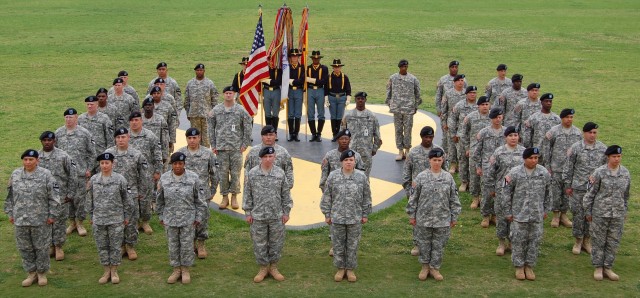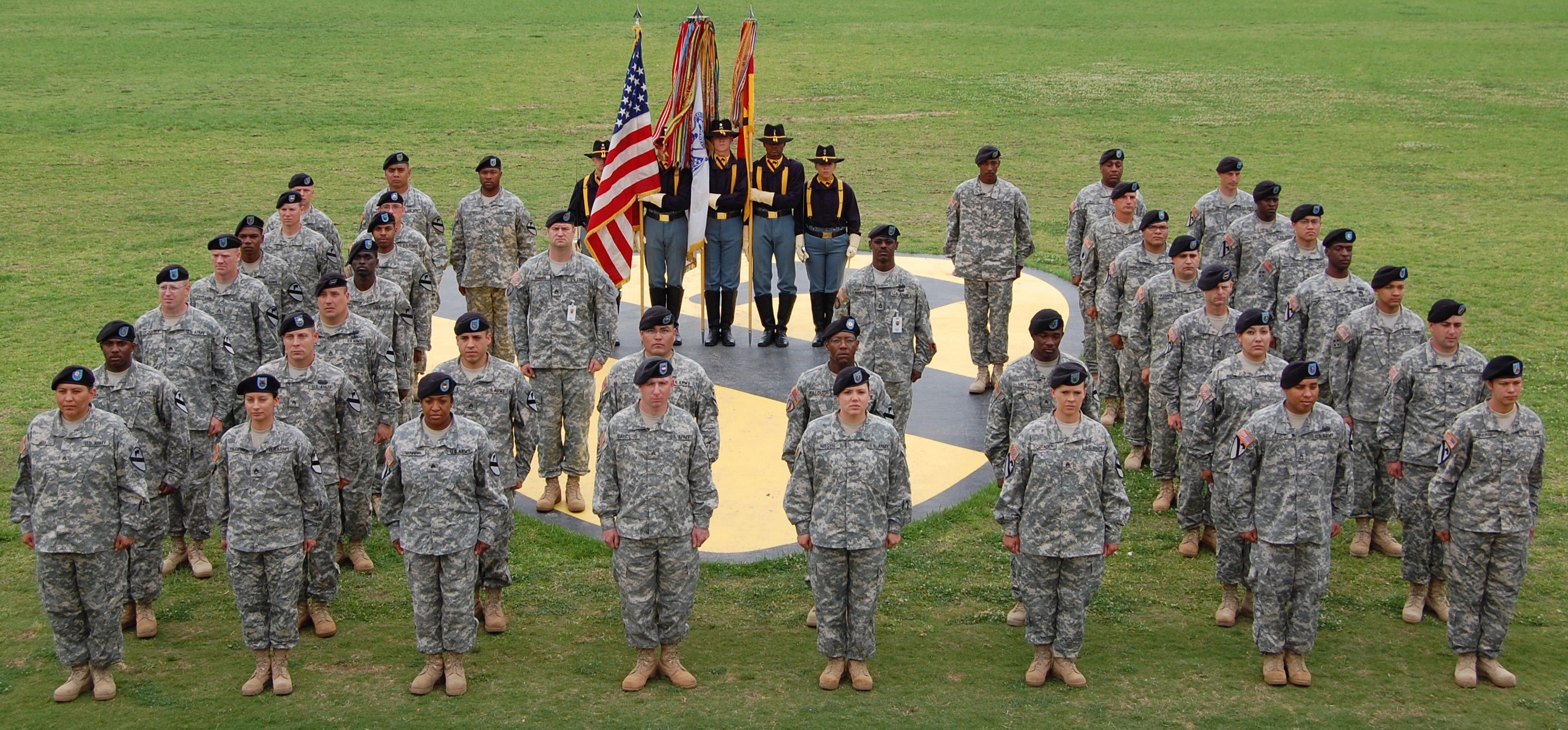WASHINGTON (Army News Service, April 27, 2008) - Mobile training teams are taking Basic NCO courses on the road and allowing Soldiers who recently redeployed home from Iraq to attend without spending more time away from their Families.
Thirty-eight sergeants and staff sergeants graduated Friday from a 25U radio operator maintenance BNCOC course at Fort Hood, Texas. NCOs attending from the 1st Cavalry Division at Hood and the 1st Armored Division at Fort Bliss, Texas, had returned home from Iraq within the last few months.
Normally, the course would have required the NCOs to spend more than six weeks away from their Families at Fort Gordon, Ga., said Command Sgt. Maj. John L. Murray, commandant of the Signal Regimental Noncommissioned Officer Academy.
"The NCOs that graduated were so thankful to the Signal Center for coming to Fort Hood and conducting this MTT," said Murray who attended the graduation at Fort Hood Friday. "I must have been thanked a hundred times from Families that were so grateful that their spouses could come home at night after training, after such a long deployment."
Taking the BNCOC courses on the road shows that the Training and Doctrine Command schools are adapting to support the operating force, a senior Army official said.
This was the second 25U BNCOC course taught recently away from the Signal Center, Murray said. A course was taught in January and February for 25th Infantry Division NCOs in Hawaii who had recently returned from Iraq and Afghanistan.
The Signal NCO Academy has six more BNCOC courses planned on the road, Murray said. He added that other schools are also sending teams on the road to teach BNCOC.
The recent 25U BNCOC course had two instructors from Fort Gordon spend a month in Texas. The class consisted of 25 days of technical training to include a three-day performance-based capstone field training exerces with radios and other equipment provided by the 1st Cavalry Division G6.
The training days were a bit longer to fit 33 days of material into 25, Murray said, but he added that the students covered the same curriculum they would have completed at Fort Gordon. He said the class academic average was 96 percent.
The class also conducted 530 hours of community service to Fort Hood and the surrounding community, Murray said. He said the students installed a new roof on a home through Habitat for Humanity and contributed $170 to Army Emergency Relief by sponsoring the first Bowling for AER Tournament on Fort Hood.


Social Sharing